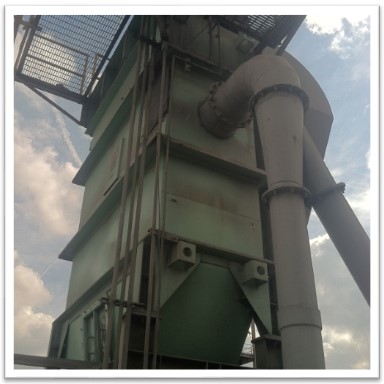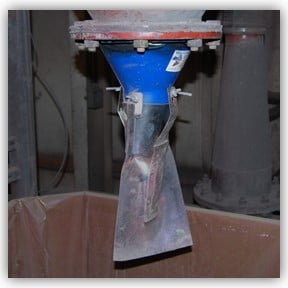Simple Timers
For many years, pulse-jet baghouses were cleaned by simple timers. The timers would start the cleaning cycle every so many minutes. You would be able to change how often your filters are cleaned by changing the time between each cleaning. This design makes sure that the filters are cleaned regularly, whether they need to be cleaned or not. The main issue with this is that every time a filter is cleaned, it increases the chances of it failing. Filters are cleaned by pulsing high pressure air into the filter. This expands the filter, which causes the top layers of dust to fall off. But that expansion can also cause holes or rips in the filters.
Pulse-On-Demand Controller
So it would be beneficial to minimize the cleaning of the filters to only when it’s needed. The pulse-on-demand controller does just this. It measures the pressure drop across the filters. When the pressure drop gets over a certain amount, it will begin the cleaning process. Many of these controllers also have “bag break” technology, which will tell you when one of the filters has a hole. You will then be able to replace the filters only when they are needed. Some controllers can even isolate the row where the broken bag is located, so you won’t have to replace all the filters.
Installing a Clean-on-Demand controller, “bag break” technology, and cyclone pre-filters (Check out other Aerodyne blogs for more info) can help you decrease the maintenance on your filters, extend filter life, and lower operating costs (less air usage).
To learn more about which dust collector, please contact our experts at 440-543-7400 or visit our website: www.dustcollectorhq.com.
To improve efficiency and safety, there is no substitute for an on-site inspection by an experienced expert. Click below to start with a free 20-minute phone consultation by clicking the button.











